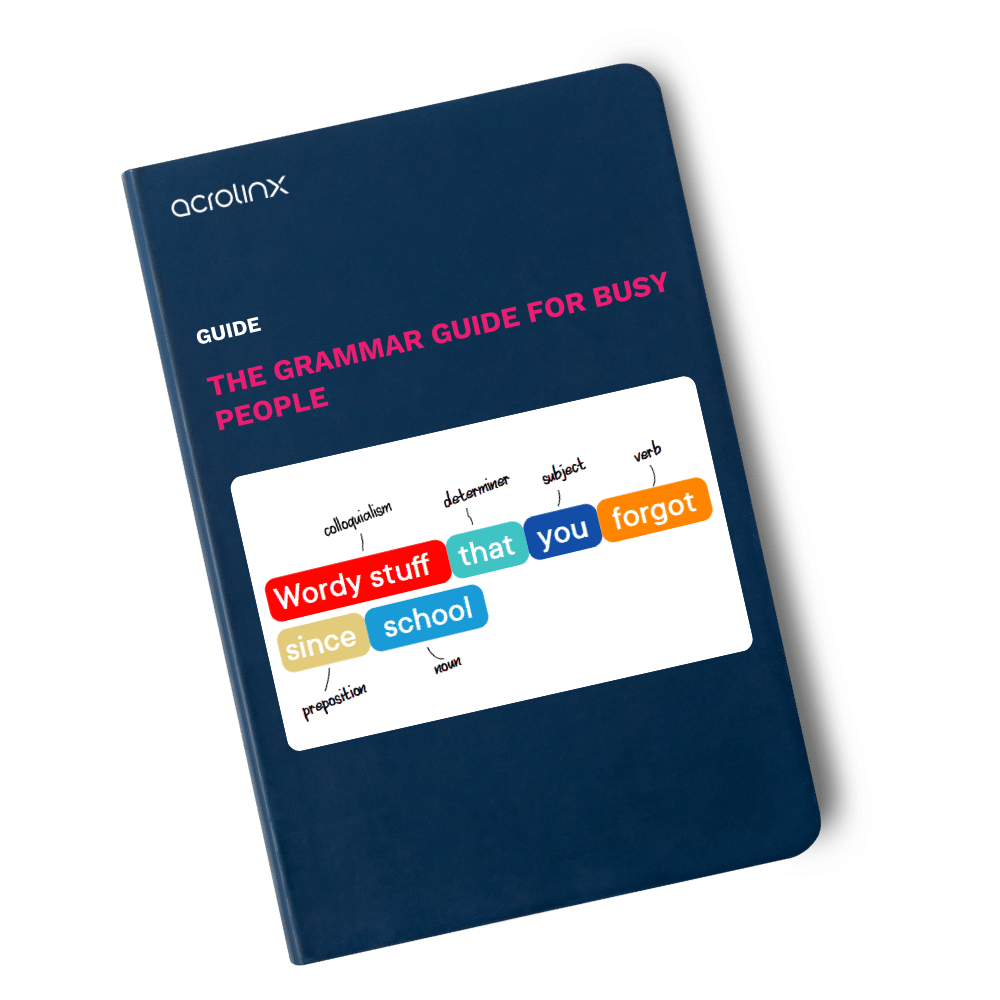
Even the biggest content geeks probably struggle to get excited about colons and semicolons. They’re not inherently interesting. (I mean, exclamation points they’re not!). And, unfortunately, they’re often misunderstood. Acclaimed author Kurt Vonnegut summed it up well when he confessed to one audience that “All [semicolons] do is show that you’ve been to college.”
But understanding when to use colons and semi colons is essential for clear and professional writing. These punctuation marks help improve readability and structure, ensuring your message is both engaging and easy to follow. If you’re unsure about using them correctly, AI content tools can assist in identifying and correcting punctuation mistakes, making the writing process more efficient.
Luckily, you don’t need an advanced degree to use these particular punctuation marks. And while that may not make them any more exciting, at least after reading this short post, you’ll be able to use them correctly.
The 411 on colons and semicolons: Key differences and needs
Colons and semicolons are designed to alter sentences, improving their readability by letting readers know that the movement of the sentence is changing. The biggest mistake budding grammarians make is using these two punctuation marks interchangeably. Make no mistake about it — the semicolon and colon can’t be used in each other’s place because they have entirely different uses. Let’s take a closer look at each:
Colons
Colons are used to introduce and underscore directly related ideas that won’t be presented as a complete sentence. Here are a few examples:
- When he woke up hungover late that morning, he had two primal needs: to find his phone and to check it for clues about what exactly had happened the night before.
- For true culinary masters, there’s only one kitchen utensil that’s indispensable: the chef’s knife.
- As she pulled into the driveway, Sarah quickly came to a saddening realization: some hooligan had heartlessly vandalized her favorite lawn gnome.
Semicolons
Use semicolons to inform the reader that an additional, related thought is being introduced in the form of a complete sentence. Note that otherwise, ending your sentence with a period and starting a new sentence to share the additional information is sometimes preferred. Here are some examples:
- She had a deep love for music; it wasn’t uncommon for her to catch herself singing along in coffee shops, clothing stores, and even while walking down the street.
- The juggler had an innate ability to captivate the crowd; it didn’t hurt that he could juggle countless balls at once.
- It’s quite clear that he was the most talented dog in the kennel; he’d learned to walk on his hind legs at just five months of age.
Improve clarity with writing assistance: Using colons and semicolons effectively
Keep in mind that plain language enhances accessibility, and not everyone finds texts with colons and semicolons easy to read. Avoid using a semicolon if it only makes your sentence longer without improving clarity.
Want a deeper dive into colons and semicolons? Check out this in-depth guide. If your writers frequently misuse colons and semi colons, consider implementing content governance powered by AI writing assistance. Editing software for writers can help catch punctuation mistakes and improve readability before your content is published.
Looking to create better content overall? Check out our guide, Grammar Guide for Busy People.
Are you ready to create more content faster?
Schedule a demo to see how content governance and AI guardrails will drastically improve content quality, compliance, and efficiency.
The Acrolinx Team





